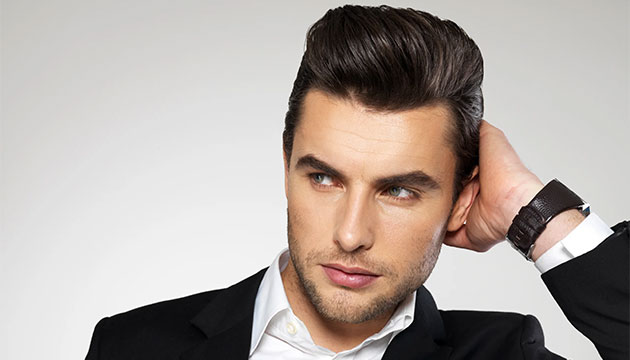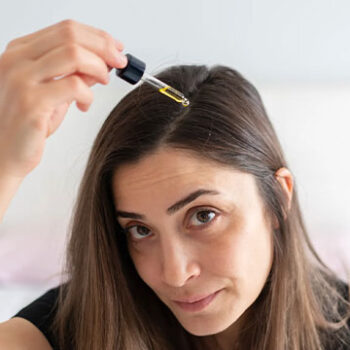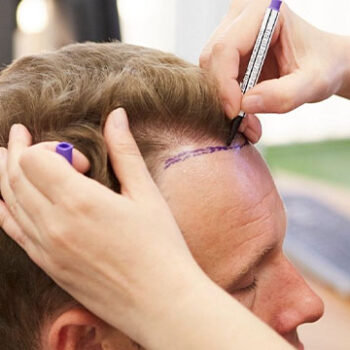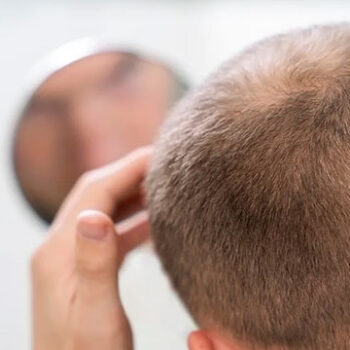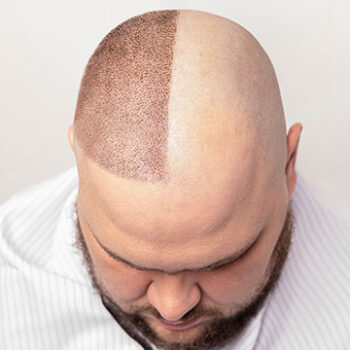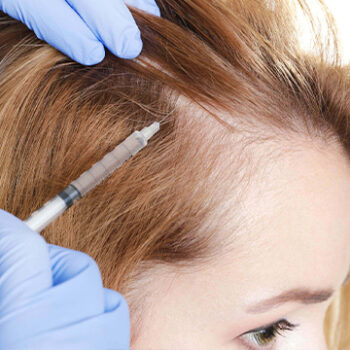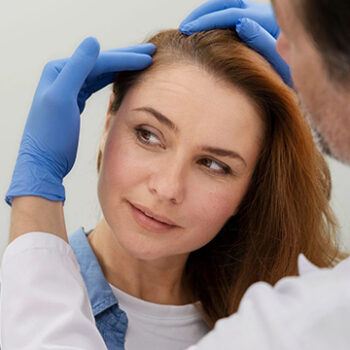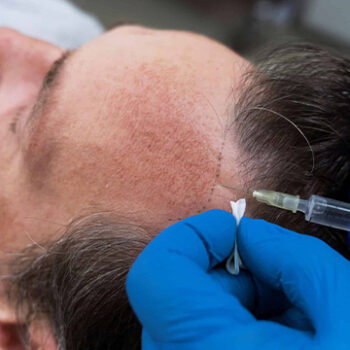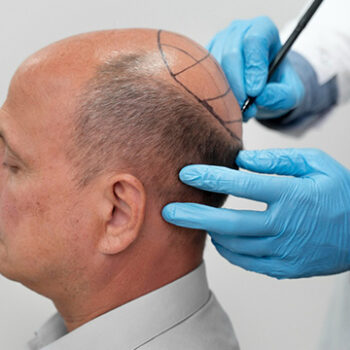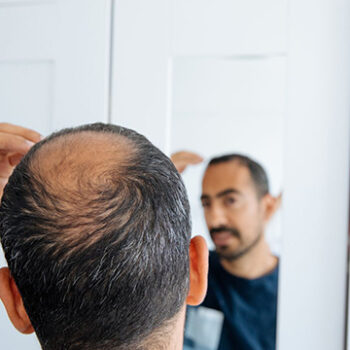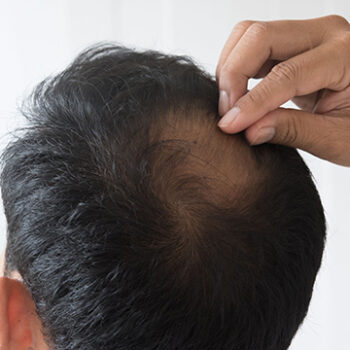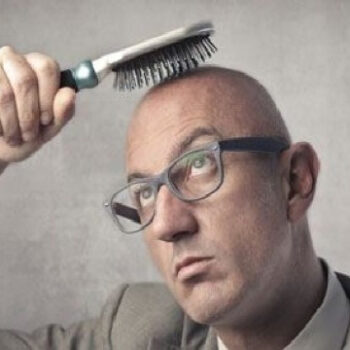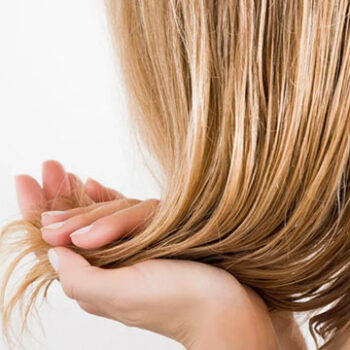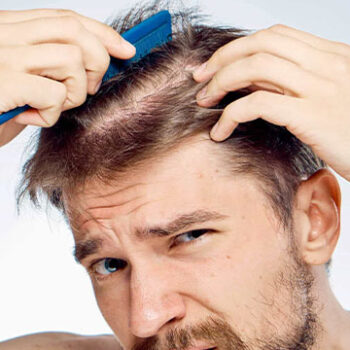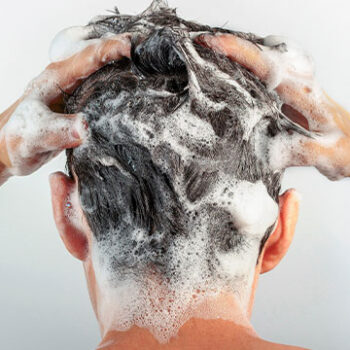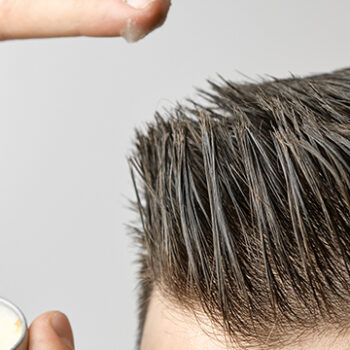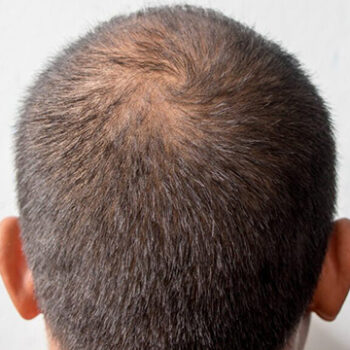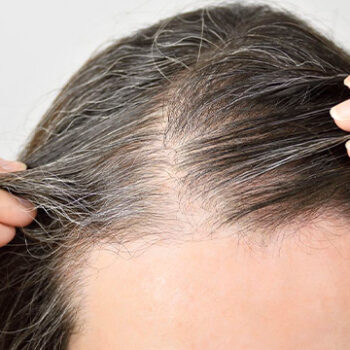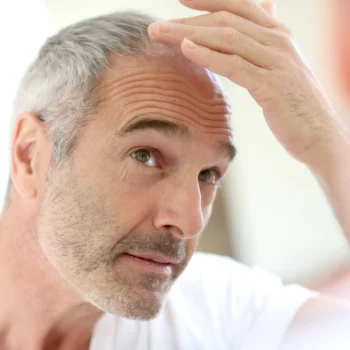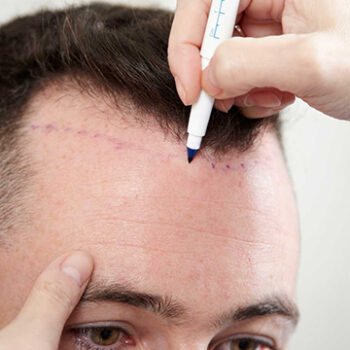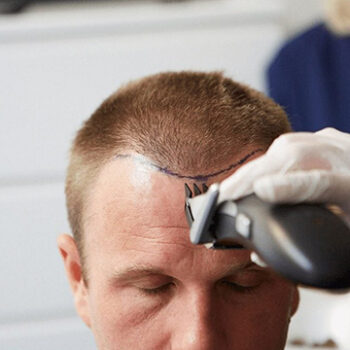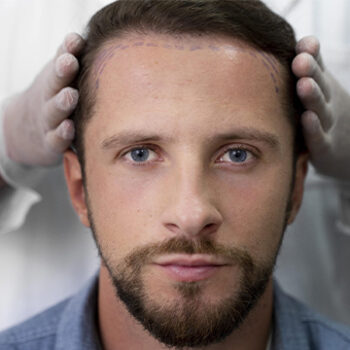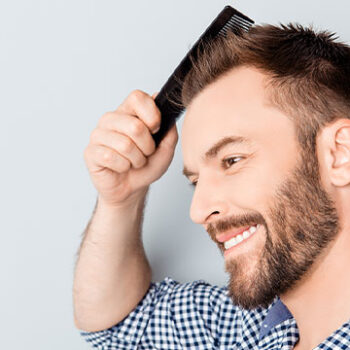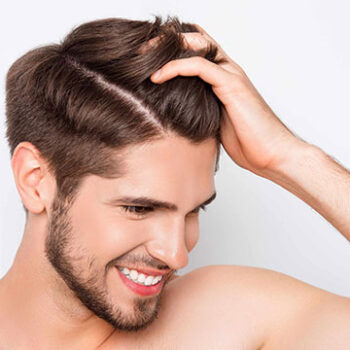Sauna After Hair Transplant: Effects on Recovery Process and Precautions to Consider
Hair transplantation is a popular aesthetic procedure that offers natural and long-lasting results. However, the post-transplant recovery process requires careful attention. During this period, it is crucial to understand the effects of sauna on recovery and take necessary precautions. In this article, we cover everything you need to know about using the sauna after a hair transplant.
Basic Information on the Post-Transplant Recovery Process
The first few weeks after a hair transplant are critical for the grafts to take hold and for the scalp to heal. During this period, following the doctor’s recommendations is essential to minimize infection risk, support the grafts’ placement, and facilitate overall recovery. Due to the scalp’s sensitivity, protecting it from external factors in these early weeks is crucial. Avoiding extremely hot or humid environments can positively influence the healing process.
What is a Sauna, and How Does It Affect the Body?
A sauna is a space that typically provides high heat and humidity, allowing the body to sweat and release toxins. The rise in temperature accelerates blood circulation, relaxes muscles, and boosts metabolism. While these effects can benefit the body, sudden changes in temperature may pose risks during the hair transplant recovery period.
Is It Safe to Use the Sauna After a Hair Transplant?
Using the sauna is generally not recommended during the first few weeks after a hair transplant. The high heat and humidity in a sauna can hinder the newly transplanted grafts from properly taking root. The dilation of blood vessels in the scalp could cause grafts to shift or become damaged. Therefore, avoiding the sauna during the recovery process is safer, allowing the grafts to settle in healthily.
Possible Negative Effects of Sauna on the Recovery Process
Using the sauna after a hair transplant may cause the following adverse effects:
- Graft Displacement: High heat may loosen or displace hair grafts.
- Increased Infection Risk: Saunas provide a humid environment conducive to bacterial growth, which may elevate infection risk.
- Swelling and Inflammation: High heat can speed up blood circulation, potentially causing additional swelling and inflammation in the scalp.
- Increased Sensitivity: Sauna use can heighten sensitivity in the transplanted area, making the recovery process more challenging.
When is It Safe to Start Using the Sauna?
The ideal time to start using the sauna after a hair transplant varies based on medical advice. Most experts recommend waiting until the recovery process is complete, typically around 4–6 weeks. Avoiding the sauna until full recovery allows the grafts to take root securely.
Tips and Recommendations for Sauna Use After a Hair Transplant
If you plan to use the sauna after a hair transplant, keep these tips in mind:
- Get Doctor Approval: Consult with your doctor before resuming sauna use.
- Opt for Lower Temperatures: Choose lower temperatures and limit your time in the sauna.
- Follow Hygiene Guidelines: Use a clean towel or headband to protect the area before entering the sauna.
- Start with Short Sessions: Begin with brief sessions and observe how your body reacts.
- Avoid Humid Environments: In addition to the sauna, avoiding steam baths and other overly humid environments can support your recovery.
Conclusion
Sauna use after a hair transplant is an essential consideration that may impact the recovery process. The high heat and humidity in a sauna can hinder the grafts’ attachment and slow recovery. Therefore, it is recommended to avoid the sauna for at least 4–6 weeks post-transplant. Before using the sauna, consult your doctor to ensure a safe and effective recovery process.

 English
English Français
Français Deutsch
Deutsch Türkçe
Türkçe 中國人
中國人